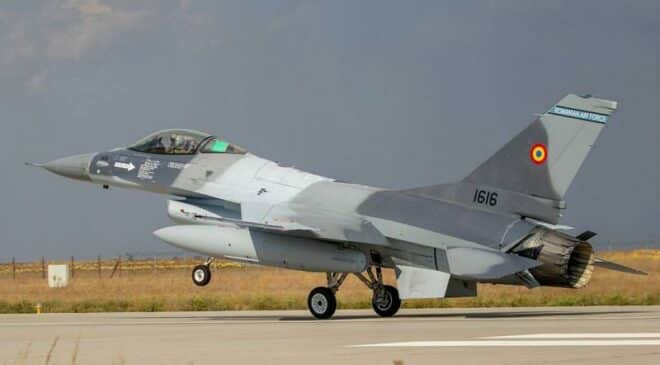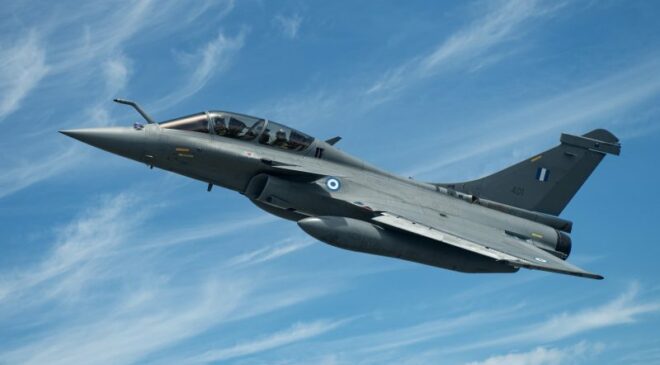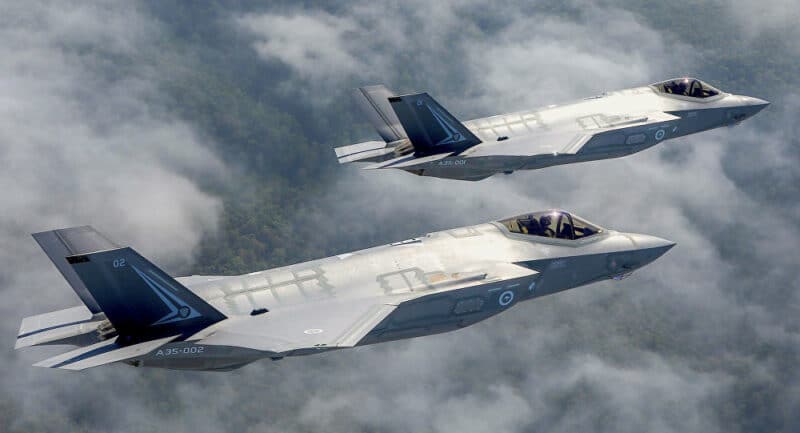In this section:
With the announcement of an upcoming order for 48 F-35A fighter jets by Romania, Lockheed-Martin secures a dominant position within European fighter fleets by 2035, when it will equip more than three quarters of the air forces of the old continent at that date. This appetite of the European air forces for American fighters, while three aircraft manufacturers produce quality fighters on its soil, cannot be satisfied with the sole explanations articulated around the usual suspects, namely the dependence on US protection and American technologies.
In this context, how can we explain the success of American fighters in Europe, including with the air forces of countries participating in the construction of European fighters? Is it possible to act to contain or limit this phenomenon in the decades to come?
Romania to order 48 F-35As from Lockheed-Martin
After the Netherlands, Italy, Poland and 8 other European countries, Romania will turn to the Lockheed-Martin F-35 fighter to modernize its air force. According to a document distributed yesterday by specialized Romanian sites, Bucharest plans to acquire 48 aircraft in two phases.
The first, which would begin by the end of the year, would involve 32 aircraft, or two fighter squadrons, for a budget of $6,5 billion, and will also include all of the systems necessary for implementation. of this new hunter.

A second phase involving 16 additional F-35As, i.e. a 3rd squadron, and considered very significantly less expensive, will be launched subsequently. This will probably involve replacing the F-16C/Ds acquired second-hand, and whose operational lifespan remains limited.
This is another major success for Lockheed-Martin and its F-35 in Europe, while other air forces (Spain, Czech Republic and Greece) should also announce an order for the American fighter.
The over-representation of American fighter planes in Europe in 2035
The fact is, according to the information known to date, 12 to 14 of the 20 European air forces implementing a fighter fleet should be partially or fully equipped with F-35 A and B in 2035.
This range reaches 15 to 17 when the F-16, also from Lockheed-Martin, is taken into consideration. In total, 75% and 85% of European air forces will use fighters designed and manufactured by Lockheed-Martin in 2035.
More than 50% of Lockheed-Martin fighters in Europe
By analyzing the number of aircraft, there will be 500 to 730 F-35A and B and 192 to 210 F-16, mainly Block 70/72 or later, out of a total of 1680 to 1990 fighters in service. within the European air forces in 2035.

In fact, Lockheed-Martin fighters should represent between 43 and 50% of the fighter planes deployed by the European air forces, far ahead of the 22 to 26% of the Eurofighter. Typhoon, the 14 to 17% of Rafale, or even the 9 to 10% of the Swedish Gripen.
Only 4 European air forces equipped exclusively with European fighters
This situation is, so to speak, unique on the planet. Indeed, to date, only five countries have all the skills to design a combat aircraft, the five members of the United Nations Security Council. Two other countries, South Korea and Sweden, have all the necessary skills, except for propellants.
There are 75% of this article left to read, Subscribe to access it!
The Classic subscriptions provide access to
articles in their full version, and without advertising.
Meta-Defense celebrates its 5th anniversary!

- 20% on your Classic or Premium subscription, with the code Metanniv24
Offer valid from May 10 to 20 for the online subscription of a new Classic or Premium, annual or weekly subscription on the Meta-Defense website.



[…] With the announcement of an upcoming order for 48 F-35A fighter jets by Romania, Lockheed-Martin secures a dominant position within the fleets of […]